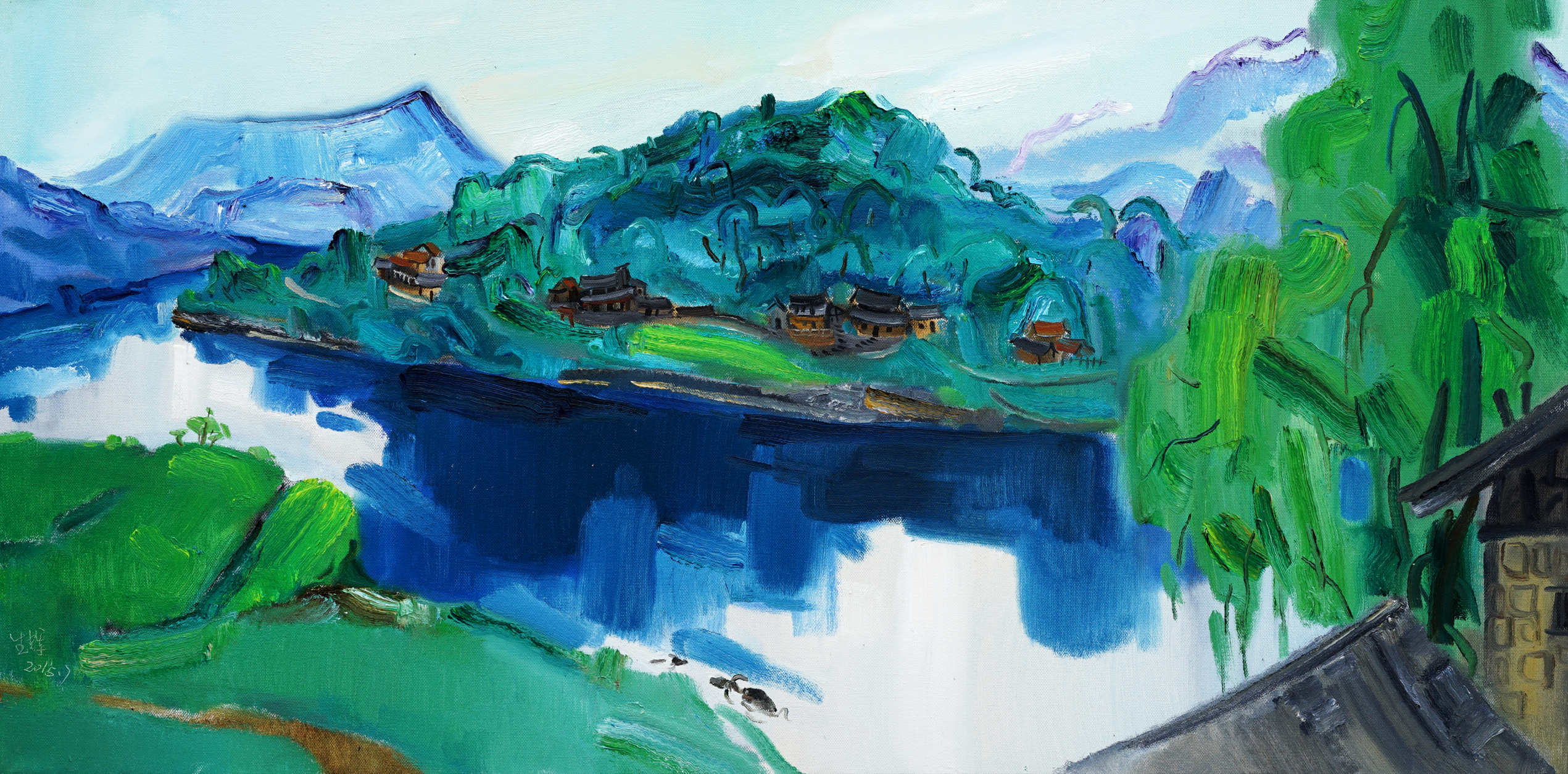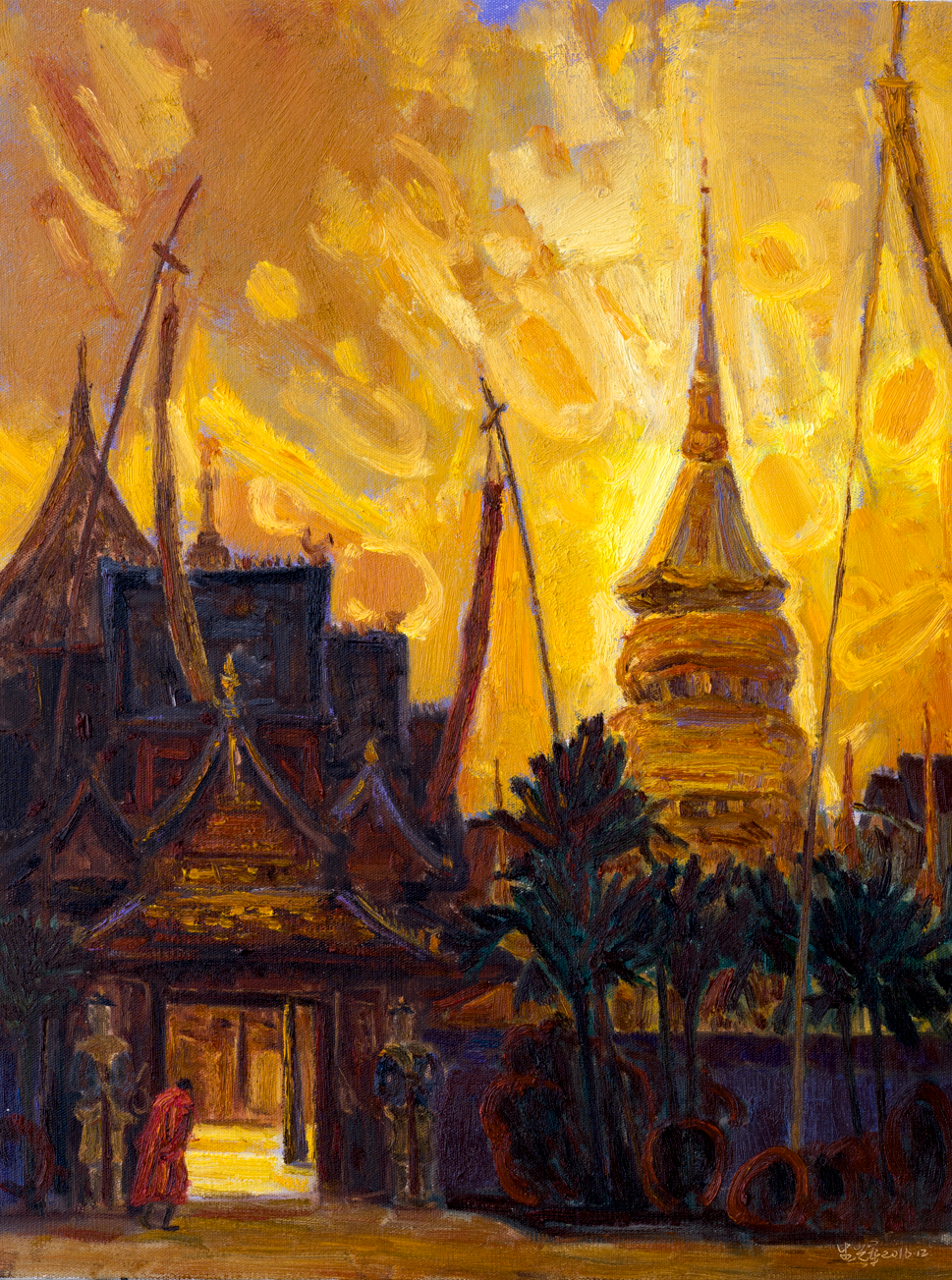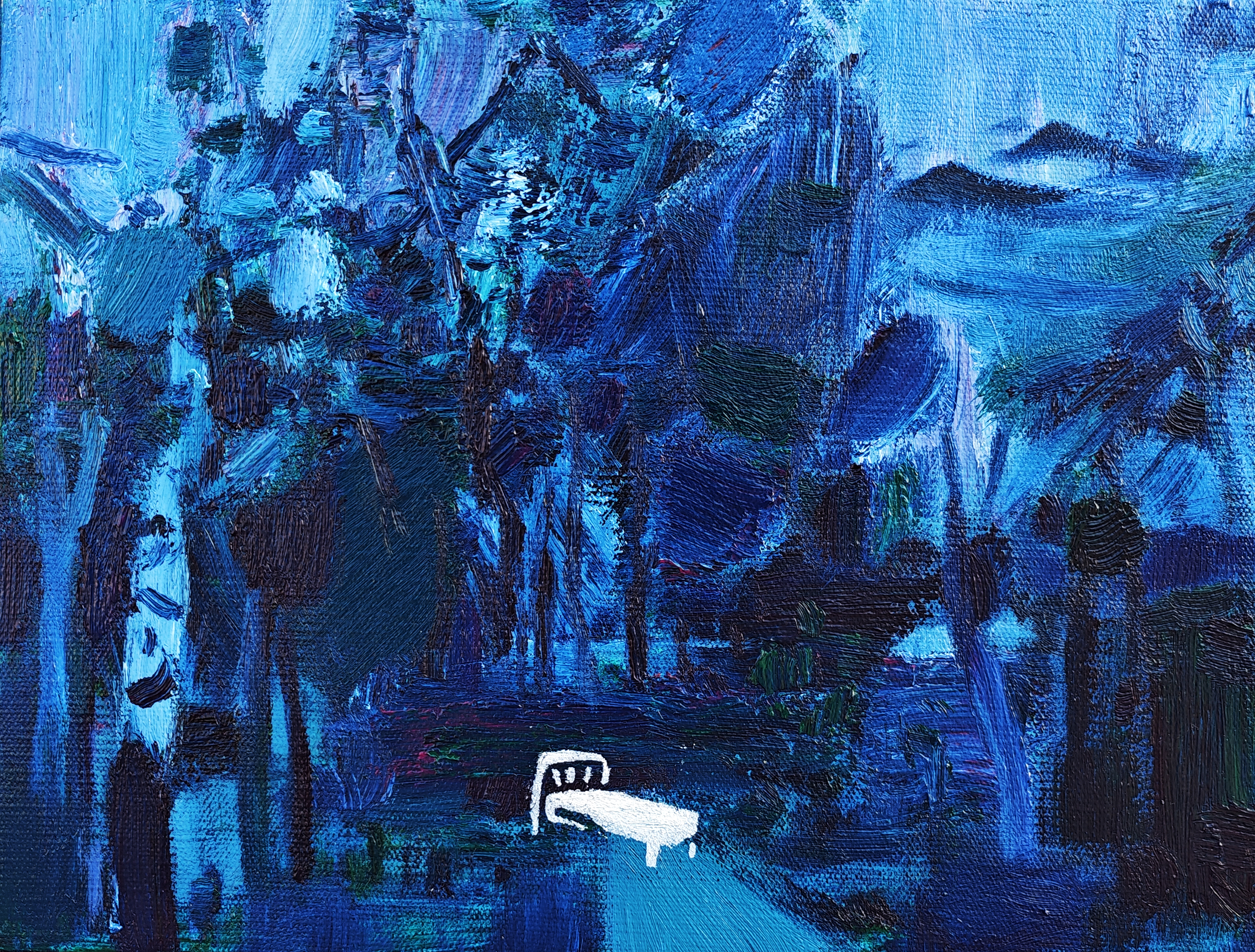
山水之梦:生辉的心象与抽象之境
Dreamscapes of Mountains and Rivers: Shenghui's Realm of Mind and Abstraction
在当代艺术的语境中,绘画早已超越了单纯的再现功能,成为艺术家表达内心世界与精神体验的重要媒介。生辉的《山水之梦》系列,正是对这一命题的深入探索。他并不满足于对自然景观的客观描摹,而是通过色彩、笔触与肌理的重构,创造出介于现实与梦境之间的“心象山水”,在东方美学与西方抽象语言的交汇中,形成独特的艺术表达。
In the context of contemporary art, painting has long transcended mere representation to become a medium for expressing the artist’s inner world and spiritual experiences. Shenghui's 'Dreamscapes of Mountains and Rivers' series explores this proposition deeply. Rather than being confined to objective depictions of nature, Shenghui reconstructs color, brushwork, and texture to create 'mindscapes'—landscapes that dwell between reality and dream—merging Eastern aesthetics with Western abstraction to form a unique artistic language.
一、色彩的精神性与心理暗示
- The Spirituality and Psychological Suggestiveness of Color
在《山水之梦》系列中,生辉以深蓝、钴蓝为主色调,辅以粉紫、墨绿与象牙白,构建出冷暖交错、虚实相生的色彩空间。蓝色在艺术心理学中象征着宁静、深邃与理性,粉紫与白色则为空间注入温度与微光,使观者在冷静与温暖之间感受到情绪的起伏。
In this series, Shenghui uses deep blue and cobalt blue as primary tones, complemented by pink-purple, dark green, and ivory white to create a spatial interplay of warmth and coolness, solidity and void. In color psychology, blue symbolizes serenity, depth, and rationality, while pink-purple and white infuse the space with warmth and light, allowing viewers to experience the emotional fluctuations between calmness and warmth.
二、笔触、肌理与东方诗意
- Brushwork, Texture, and Eastern Poetics
生辉在画面中大量运用厚涂(Impasto)技法,颜料在画布上堆叠、拉扯,形成肌理感极强的表面结构。这种物质性的语言与东方山水画的“留白”形成对话:前者强调画面表层的触觉性,后者追求空灵的气韵。生辉巧妙地将两者融合,使作品既具有现代绘画的物质张力,又保留了东方审美的诗意空间。
Shenghui employs heavy impasto techniques throughout his works, stacking and pulling paint to create highly tactile surfaces. This materiality converses with the 'negative space' in traditional Chinese landscape painting: the former emphasizes the physicality of the surface, while the latter seeks ethereal resonance. Shenghui masterfully merges these approaches, granting his works both the material tension of modern painting and the poetic sensibility of Eastern aesthetics.
三、构图与空间的当代转换
III. Contemporary Transformation of Composition and Space
在构图上,《山水之梦四》更趋向于抽象,山峰、水流、云雾等形象被解构成色块与线条的交错,传统的透视关系被打破,形成一种平面化、心理化的空间结构。这种空间观与西方立体主义、抽象表现主义的思路相呼应——空间不再是被动的再现,而是情绪与精神生成的场所。
Compositionally, 'Dreamscapes IV' leans toward abstraction, with mountains, water, and mist deconstructed into interlaced shapes and lines. Traditional perspective is disrupted, resulting in a flattened, psychological spatial structure. This concept of space resonates with Western Cubism and Abstract Expressionism, where space becomes not a passive representation but a site of emotion and spiritual generation.
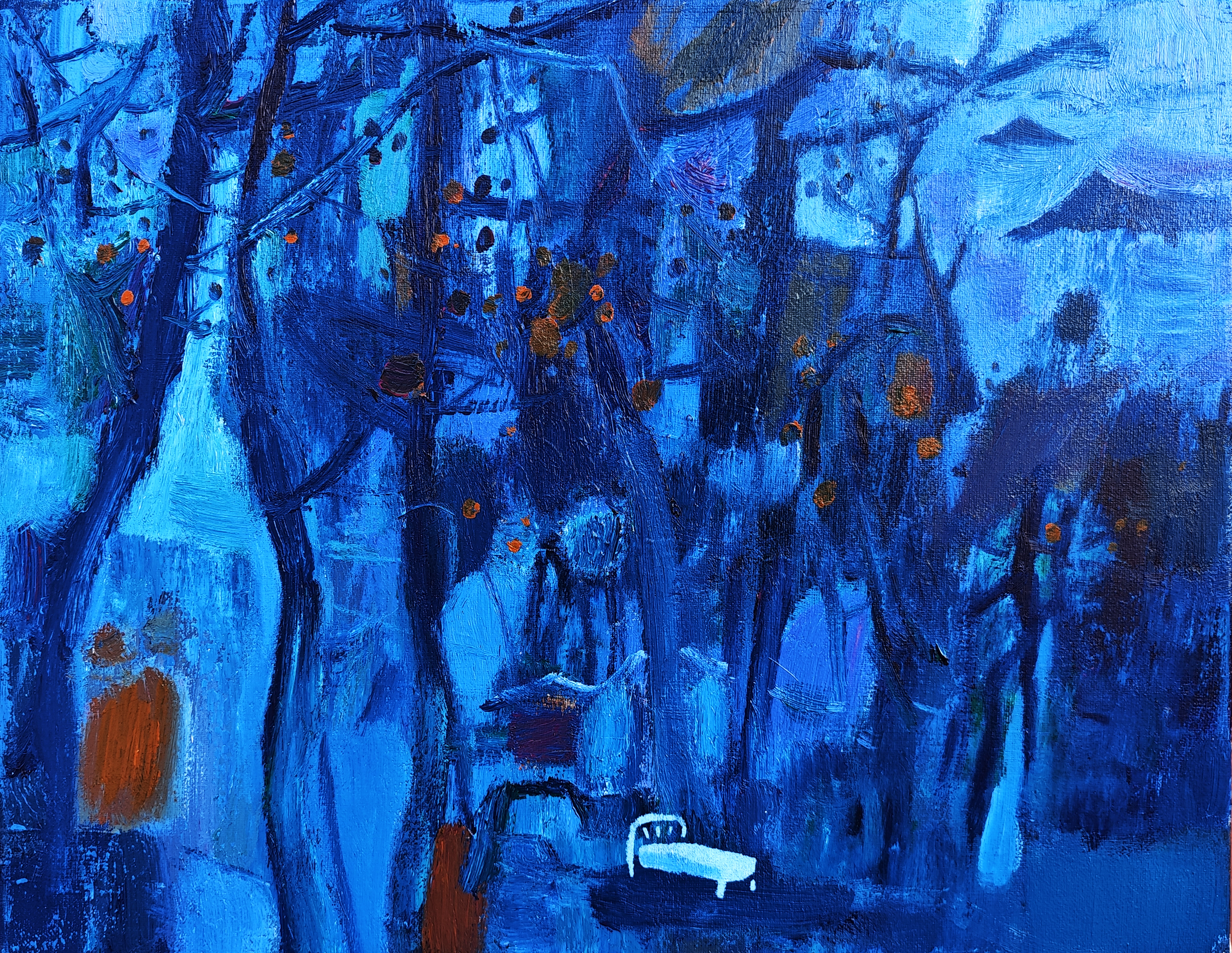
四、艺术史脉络与个人语言
- Art Historical Context and Personal Language
从艺术史的角度看,生辉的《山水之梦》系列既吸收了西方抽象表现主义的精神性与自由性,又与东方山水画的诗意传统形成对话。前者体现在对色彩、肌理、笔触的强调,后者则体现在作品所呈现的意境与空间感上。
From an art historical perspective, Shenghui's series draws upon the spirituality and freedom of Western Abstract Expressionism while engaging in dialogue with the poetic tradition of Chinese landscape painting. The former is evident in the emphasis on color, texture, and brushwork; the latter emerges in the atmosphere and spatiality conveyed by the works.
五、结语:梦境与心象的交汇
- Conclusion: The Confluence of Dreamscape and Mindscape
正如康定斯基在《论艺术的精神性》中所言:“艺术的本质在于使人内心的震动与画面的震动产生共鸣。”生辉的《山水之梦》系列正是这种共鸣的体现。他的画作让人们看到的不只是山水的外在形态,更是艺术家内心的情绪流动与精神追寻。山水在此不再是物理的风景,而成为心灵的象征与梦境的入口,带领观者进入一种超越现实的诗意体验。
As Kandinsky stated in 'Concerning the Spiritual in Art': 'The essence of art lies in the resonance between the viewer's inner vibration and the vibration of the artwork.' Shenghui's 'Dreamscapes of Mountains and Rivers' embodies this resonance. His works reveal not merely the external form of landscapes but the emotional currents and spiritual quests within the artist. Here, the landscape transcends physical scenery to become a symbol of the soul and a gateway to dreams, guiding viewers into a poetic experience beyond reality.
山水之梦系列之二
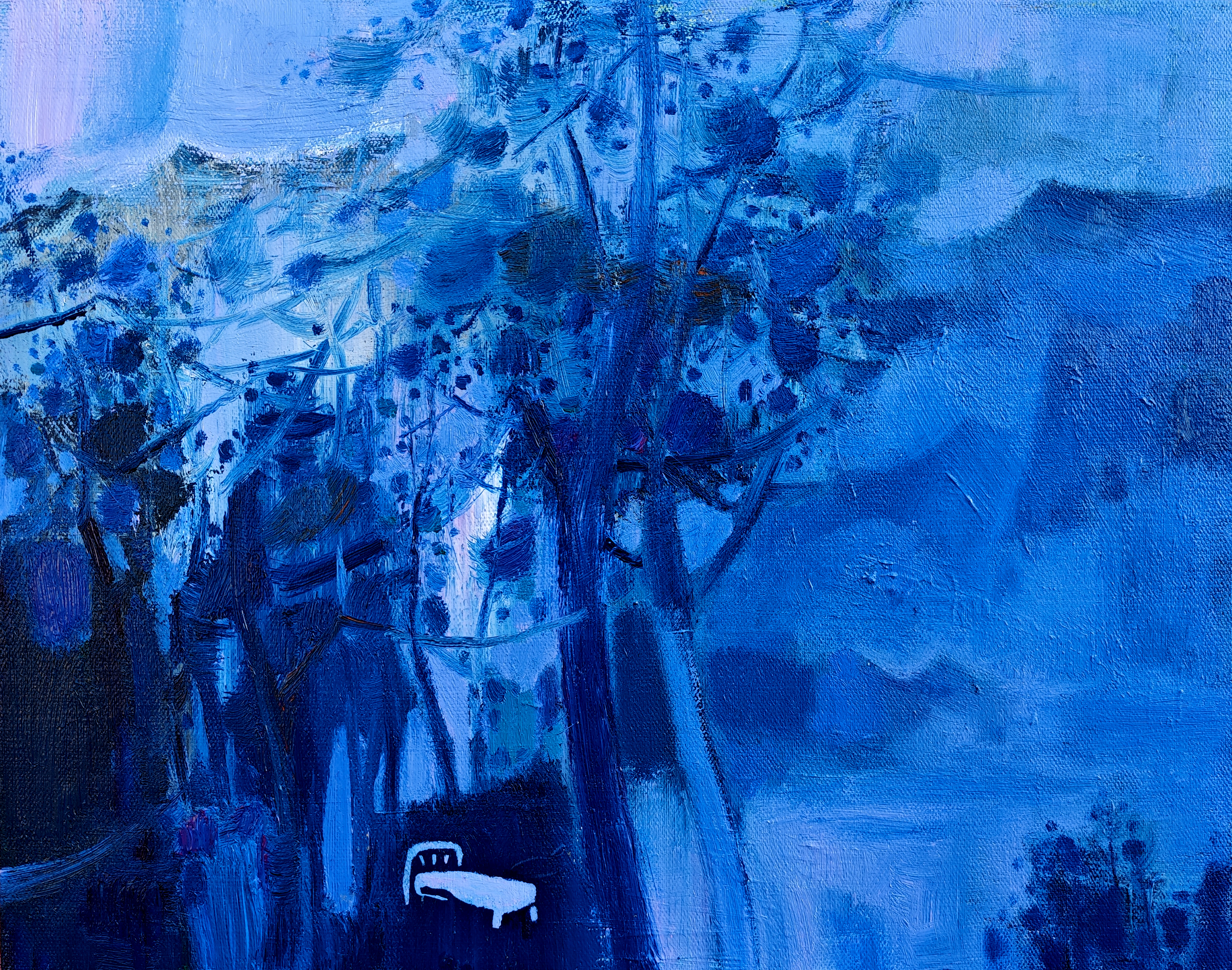
山水之梦系列之三

山水之梦系列之四

山水之梦系列之五
